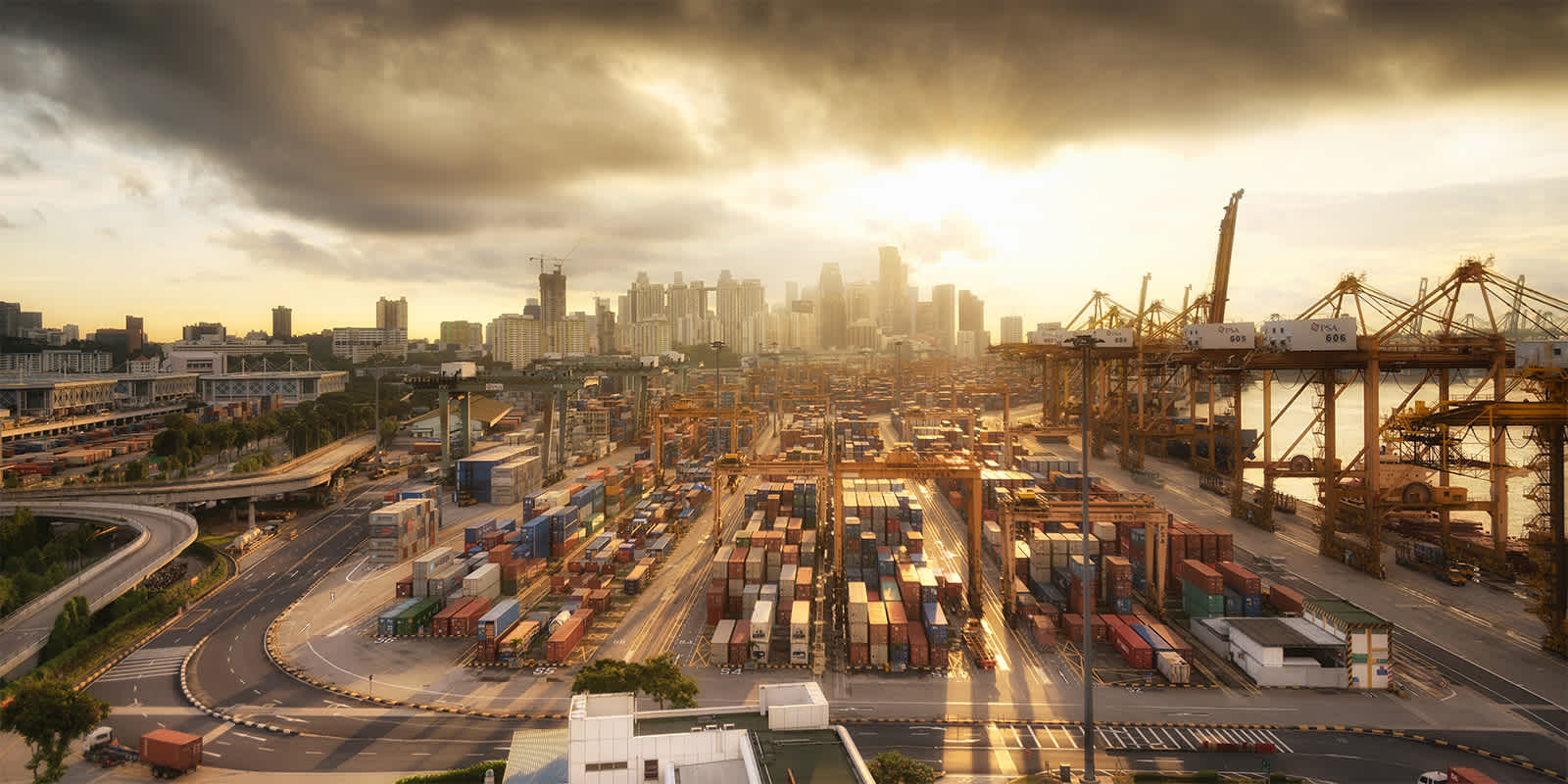
April 12, 2022
From Dirt to Shirt: How to Build a Traceable Supply Chain
From Dirt to Shirt: How to Build a Traceable Supply Chain
Even if you know everything about your goods from the factory onward, the far reaches of your supply chain may be a mystery. It’s time to change that. Where materials come from, who made them, and under what conditions matters—to your customers and to US Customs.
We already see that common trade transactions are becoming subject to greater scrutiny. Customs can request documentation about your goods at any time. And many customers care about social responsibility. Traceability has important market implications.
Get to know your products down to the raw materials—what I like to call “dirt to shirt.” (Feel free to steal the phrase.) Here, I’ll explain how to connect your documentation for a compliant, transparent supply chain.
It’s All About Documentation
Let’s take a boys’ knit polo-style shirt made from organic cotton as an example. We might want to prove a number of things in order to leverage free trade agreements or make claims about organic cotton:
- The shirt is made with organic cotton.
- The shirt doesn’t contain any harmful chemicals.
- The shirt qualifies for a free trade agreement.
- The cotton was not produced using forced labor.
The process is mostly the same for each of these considerations. We start with the finished shirt and look backwards in the production process, ensuring documentation backs everything up along the way.
- First, we’d see where cutting, sewing, finishing, and packaging transformed the fabric into a shirt.
- One more step back, we’d look to where yarn was knit into fabric and where fabric-finishing operations, like dyeing, took place.
- Then, we’d go deeper to where the cotton fibers were spun into yarn, dyed, and otherwise finished.
- Finally, we’d look to where the cotton was grown, cleaned, combed, and prepared for spinning into yarn.
These steps can create an extraordinary amount of data. Manage that data well and it could help you close in on your opportunities or mitigate compliance risks.
At any point, Customs may request commercial documents, like purchase orders, commercial invoices, packing lists, and banking documents to demonstrate payment.
It may want production records from each company involved along the way, including a company’s employment records, time cards, and other evidence that workers in each step were actually located where they claim.
Transportation documents show movement of each component from one stage to the next. This could include bills of lading, delivery orders, cargo receipts, and, for material that crossed international borders, export and import customs documents.
If Flexport files your declarations, the platform captures your shipment data and stores it for you, preserving the same level of detail as on the documents. You’ll still need to ensure your documentation is accurate and complete, but the hardships of retrieving and organizing it are basically eliminated.
Many customs brokers summarize your data: All shirts are reported together, for example. But reporting each shirt separately—by style, color, and size—facilitates the tracing of the specific shirt’s cotton. The platform provides these product unit breakdowns for quick reference when needed.
Shifting Opportunities
The shift to farther visibility is going to either help or hurt your business, depending on how well prepared you are.
If you’re compliant, you can take advantage of free trade agreements or make claims about your products that attract and retain customers.
Traceability is an investment—and since it's rapidly becoming tied to compliance, it would make sense to structure your investment for greater market opportunities at the same time.
Some companies are founded on these principles, spotlighting the details of their supply chains as both mission and marketing. In some instances, you can learn about the herd of sheep that produced your sweater’s wool; even the freight costs make it onto the label now.
The founders of these companies believe that supply chain traceability is going to bring stability back to the apparel industry. Considering what we’ve learned about the pitfalls of just-in-time manufacturing over the past year, they have a point. Plus, their customers love it.
On the other hand, if you turn a blind eye, you could end up with higher duty obligations or seizure of goods.
Demand for Visibility
As demand for visibility grows, suppliers will have to tag, scan, upload, and track just about everything to keep doing business with companies that import into the US.
This might be a matter of course for some large enterprises that have control over the minutiae of their supply chain. For small and medium businesses, though, it could require a greater lift to find partners that can show you the dirt.
Start digging now to avoid problems later. Sign up for Flexport to learn more.





